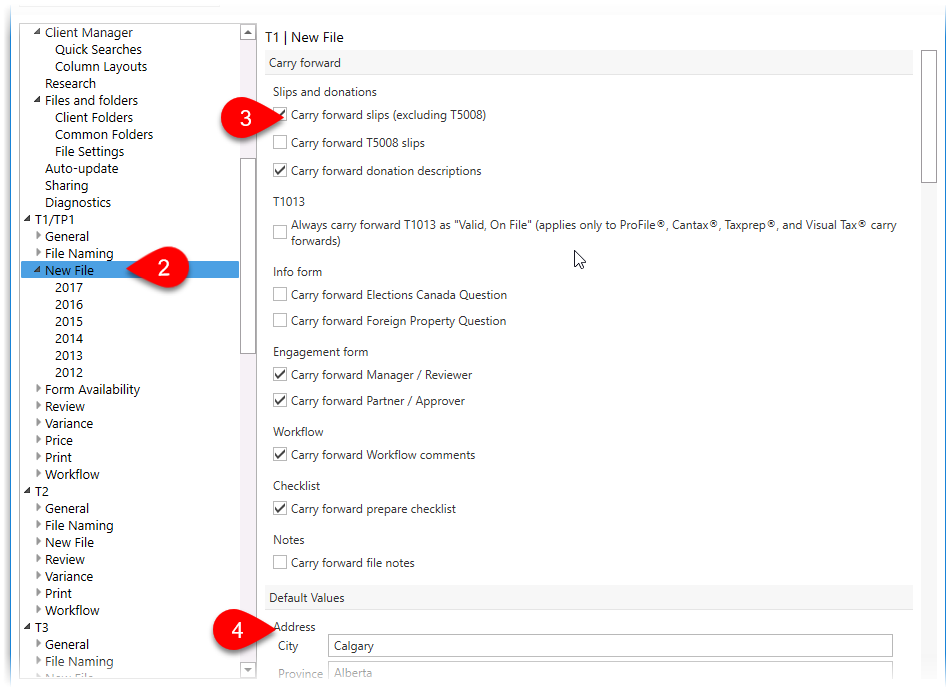
The collection agency will now do anything it can to make you pay them back. They then sell the account to a collection agency for pennies on the dollar. After 180 days the company usually gives up and writes off the amount of the loan you received.They really don’t want to lose that $5,000. Leading up to 180 days after you were supposed to pay the bill the company will continue to call and try to collect, convince you to make a payment, something, anything to get part of the loan back.During this time frame you are still wracking up interest and fees. After some period of time, usually 60 to 90 days, the credit card company will move your account standing to “in default” because you defaulted on the loan they gave you.
Defaults on credit cards plus#
You’re probably looking at a $30 late fee plus the interest charges. The credit card company charges you a late fee and financing fees (interest) based on the agreement you signed with them when you first opened the account. You miss your minimum payment of $100 on your bill’s due date.Strangely enough the electronics store you bought your gear from has no interest in taking your equipment back now.


Due to poor financial planning you don’t have an emergency fund and have no way of paying the credit card company back. 27 days after you got your awesome entertainment setup, you lose your job.You’ve borrowed the money from ABC Credit Card Company and have 30 days to pay it back. You charge $5,000 on an awesome flat screen television, sofa, and surround sound system.You receive a $5,000 line of credit with ABC Credit Card Company.Let’s take a look at what usually happens.
Defaults on credit cards full#
The path to default is unpleasant and full of increasingly angry phone calls from the company you owe money to. If you default on your home mortgage the bank will foreclose on you and take the asset, your home, from you.īut what happens when you don’t pay your credit card bill? What is Credit Card Default?Ĭredit card default happens when you borrow money on your credit card and never pay it off. Unsecured credit does not have an asset tied to the loan (like your house). That $5,000 line of credit is an unsecured line of credit. This credit card limit is the maximum you can borrow with the credit card company. “The credit card balance default rate hasn’t been higher since the first half of 2017 and marks a return to rocky ground, far outpacing the deterioration seen with other forms of unsecured lending.When a credit card company approves you for an account they issue you a line of credit. “This is a big red flag for household finances. “A surge in defaults on credit card borrowing shows that rising wages in the UK mask the financial stress that is still a reality for many,” Briffett said. Peter Briffett, the chief executive of payments firm Wagestream, said the figures showed the default rate for credit cards almost doubled as a percentage of net balances between the last quarter of 2018 and the first few months of 2019. Analysts have pointed to rising employment and wages, combined with low interest rates, as providing a benign financial backdrop for most households. Retail sales have bucked the trend in other areas of the economy affected by Brexit uncertainty. Figures from the Office for National Statistics showed retail sales were up 1.1% in March. Jeremy Thomson-Cook, chief economist at the currency broker WorldFirst, said the rise in defaults “could threaten the brighter-than-expected retail picture”. However, they expected this last year and yet the trend for credit card defaults kept rising. The Bank reported that the trend for lenders to cut back on unsecured lending was likely to continue over the next three months.īanks expected further restrictions on credit card loans to bring down the default rate over the next three months. The last time the credit card default rate rose above 20% was in the second quarter of 2017, when it hit 25.4%.Īnti-poverty campaigners have argued that the recent rise in defaults showed that increasing numbers of low-income households were getting into serious financial difficulties analysis by the Guardian of government data revealed a sharp increase in council tax arrears. A positive figure indicates that the number of defaults has increased. The default rate, which is calculated by the central bank based on a balance of responses from lenders, increased to 22.9% in the first quarter from 12.7% in the last quarter of 2018 and -11.2% in the third quarter of the same year.


 0 kommentar(er)
0 kommentar(er)
